Property Developer Promises Homebuyers “Park Views”, Delivers “Plastic Lake” Instead
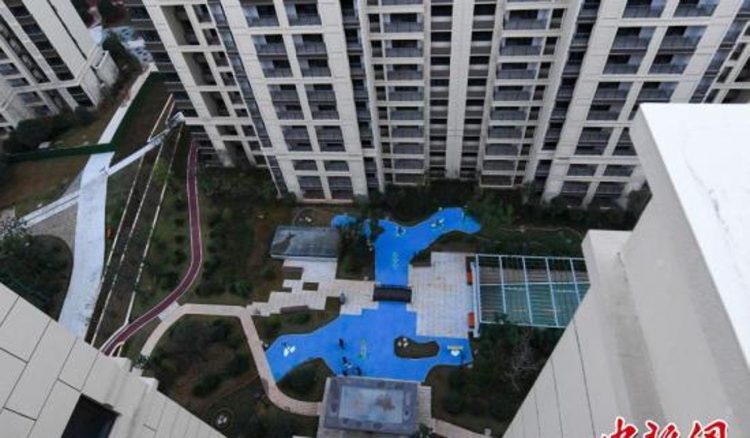
A property developer in the Chinese city of Changsha has been slammed by homebuyers for deceiving them by promising “high vegetation cover” and “park views”, and delivering a public area covered in a blue plastic material to look like a lake. To say that homeowners in a new residential complex in central China were less […]
This $5.5 Million Floating Mansion Is the Ultimate Luxury at Sea
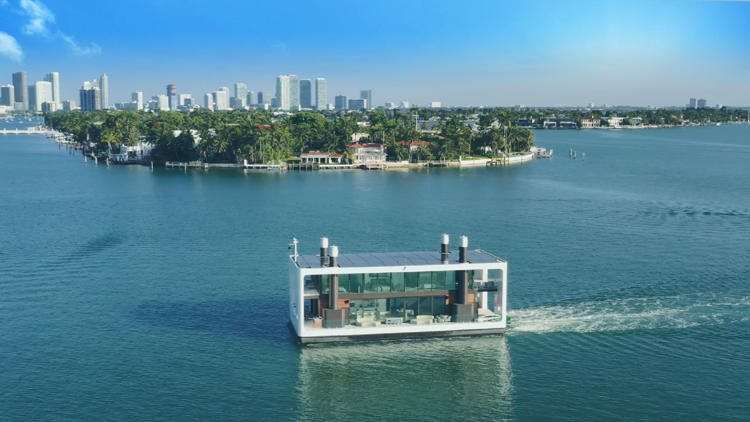
The Arkup is a luxury yacht shaped like a 4,300-square-foot modern villa. It can float like a boat, or rise above the waves using hydraulic pilings, for added stability in case of rough waters, and it’s reportedly built to withstand a category four hurricane. It also costs $5.5 million! If you’re the kind of person […]
Man Builds His Dream Home Out of Shipping Containers
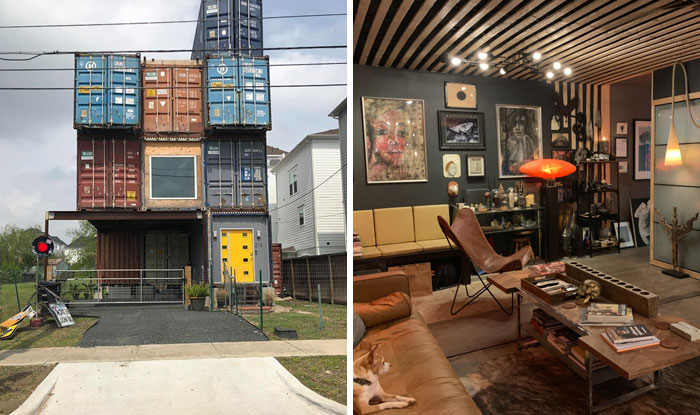
Stacking 11 metal shipping containers on top of each other doesn’t sound like the idea way to build your dream three-story house, but in designer Will Breaux’s case that’s exactly what it took, and the result is nothing short of awe-inspiring. Why would anyone build a house out of shipping containers, especially one so big […]
Man Builds Children’s Playhouse Out of 2,000 Packets of Instant Noodles
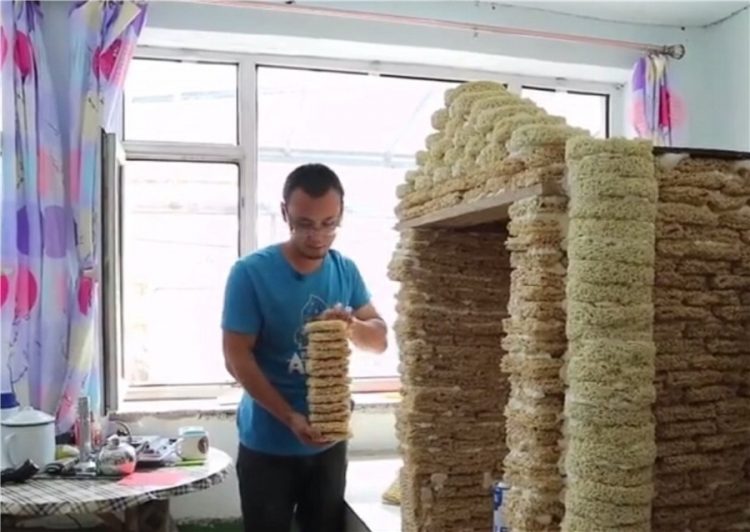
A soon-to-be father in China recently made international news headlines after using 2,000 packets of expired instant noodles to build a playhouse for his unborn son. Photos of the unusual playhouse went viral online quickly after being posted on social media by the builder, a certain Mr. Zhang, from Huadian county, in Northeast China’s Jilin […]
Russian Billionaire Gives His Old School a Versailles Makeover
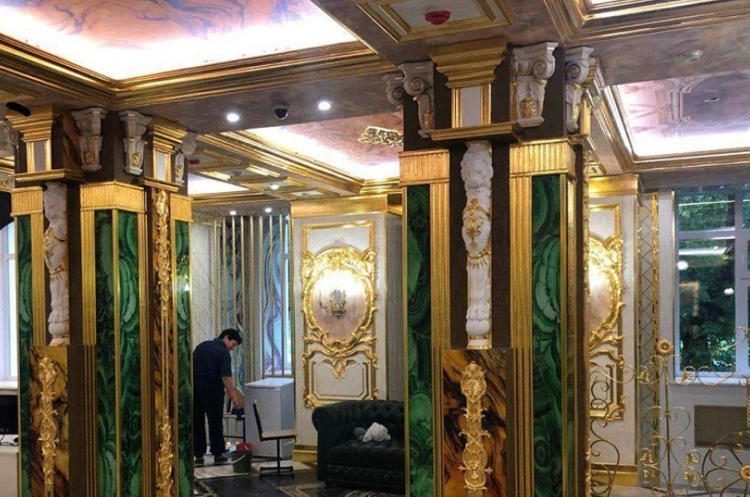
Did you grow up wishing the school you went to every day looked more like a fairy-tale palace? No? Well this Russian billionaire sure did and when he became rich enough to afford it, he actually turned his old school into a flamboyant palace, complete with gilded walls, marble floors and even a water fountain. […]
Rather Than Cut It Down, Family Builds House Around 150-Year-Old Tree
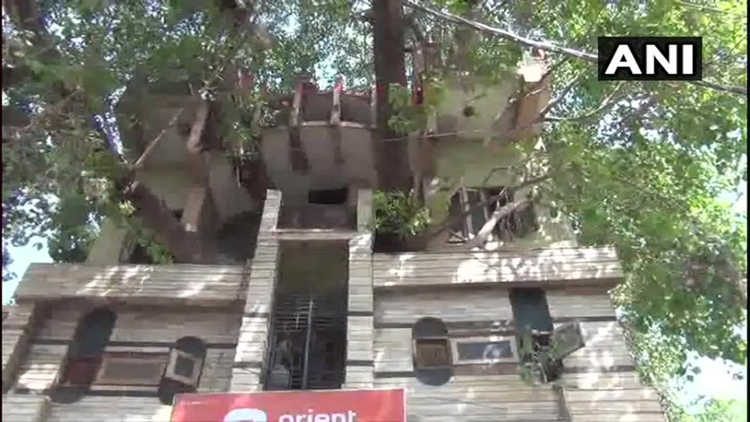
When the Kesharwani family in Jabalpur, India, decided to expand their home back in 1994, they pondered what to do about the giant fig tree growing in their garden. Rather than cut it down, they decided to build a four-storey house around it. Today, the Kesharwanis’ residence is one of the most stunning sights in Jabalpur – a concrete […]
Vietnamese Businessman Builds Himself a Magnificent Palace Worthy of a King

The last thing you’d expect to find in the center of a Vietnamese rural district is a spectacular European-style palace, complete with a gilded roof, stunning facade and intricately decorated walls, and yet that’s exactly the sight you’re treated to in the heart of Gia Vien, in Vietnam’s Ninh Binh province. I know what you’re […]
Hong Kong’s Tiniest Apartments Are Smaller Than a Parking Space

Hong Kong is famous for its expensive nano-flats, but one property developer recently made international headlines for selling apartments smaller than the average parking space. Just when you thought homes in Hong Kong couldn’t get any smaller, a local real-estate developer unveiled the T-Plus, a new type of so-called “shoebox flat” measuring only 128 square […]
IT Professional Single-Handedly Builds Two-Storey House Using YouTube Tutorials
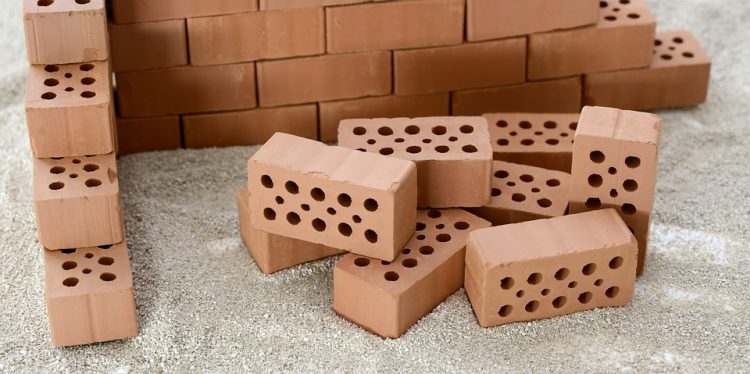
A young system analyst from Brazil managed to save about half the cost of building a two storey brick house, by doing all the work himself, instead of hiring a professional construction crew. With absolutely no construction experience behind him, he turned to YouTube tutorials and advice from family and friends. 33-year-old Evandro Klimpel Balmant and […]
Vietnamese House Has a Fence Made Entirely Out of Old TV Sets

Photos of a small house on the Vietnamese island of Hon Thom have getting a lot of attention on social media for its unique fence made exclusively out of discarded old television sets. The unusual house is reportedly located on the road to Hon Thom cable car and is very popular with tourists, for obvious […]
Waterfall Built on the Side of a Chinese Skyscraper Is the World’s Highest Man-Made Waterfall

A 354-foot-tall waterfall flowing down the side of a futuristic skyscraper sounds like the kind of thing you would expect to see in a big-budget sci-fi movie, but it’s actually a sight you can feast your eyes on in real life, if you’re ever in the Chinese city of Guiyang. A video of the stunning […]
Man Spends 23 Years Carving Sprawling Underground Temple Under His House
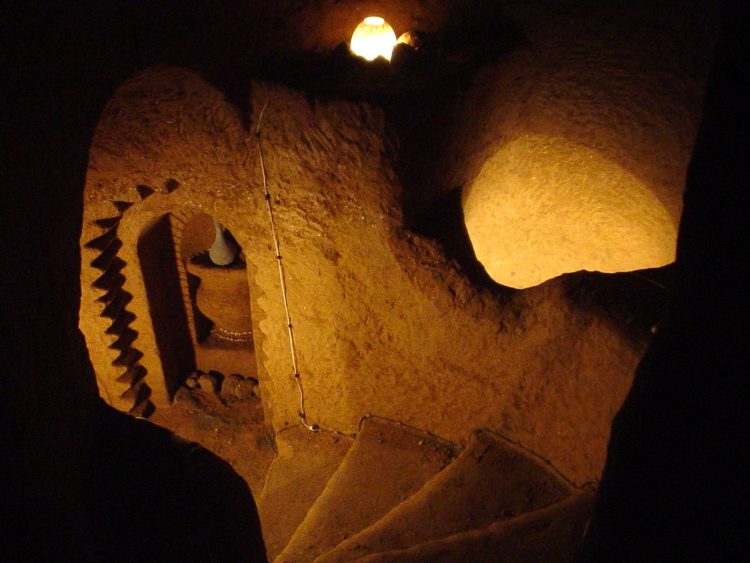
Levon Arakelyan was 44 years old in 1985, when his wife asked him to dig a potato storage pit under their house in the village of Arinj, in Armenia’s Kotayk region. He obliged, but after finishing work on the pit, he just couldn’t stop chiselling, so he kept at it every day, for the next […]
The Russian Favelas of Sochi – How Car Garages Can Be Turned into Profitable Multiple-Storey Homes

The Russian city of Sochi is known as a popular seaside destination and for having hosted the 2014 Winter Olympics. But what most people don’t know about the seaside city is that it is home to a special type of residential complexes – so-called “Russian Favelas” made up of Soviet-era car garages converted into 3, […]
Farmer Moves Three-Storey House 40 Meters to Avoid Demolition
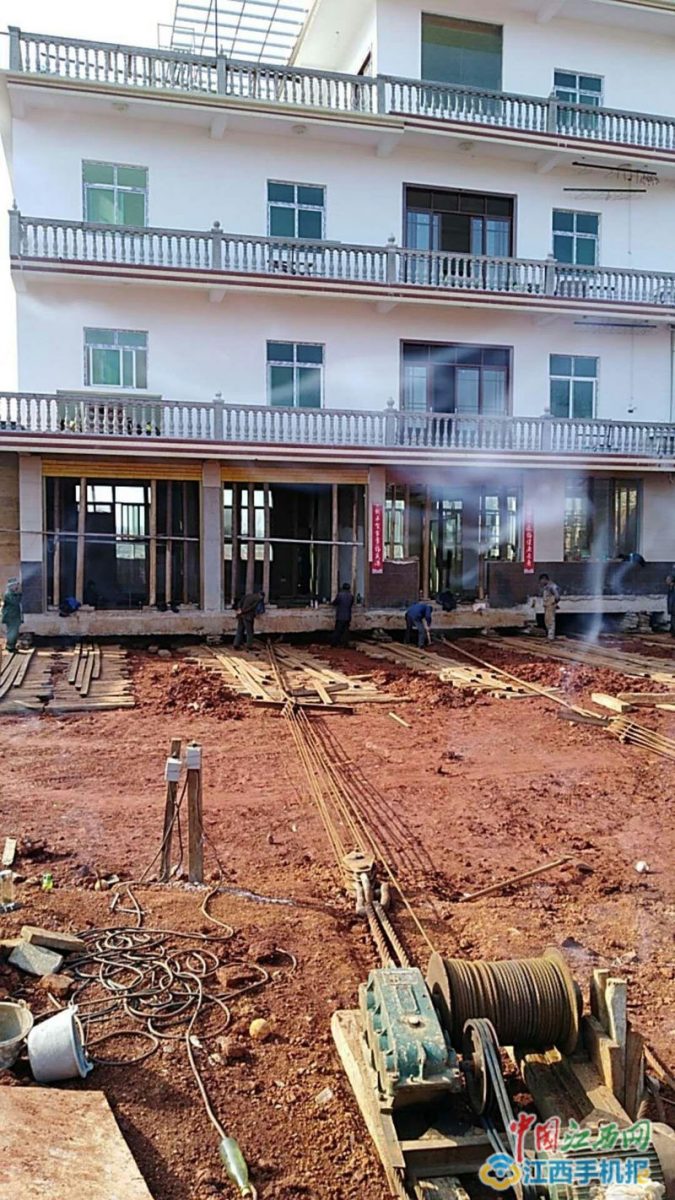
A farmer from Southern China’s Jianxi Province managed to move his entire house 40 meters away from the site of a road construction site, by using an impressive system of wooden sleepers and winches. Gao Yiping had completed work on his three-storey house in Zhouxi Town in 2014, and he and his family had only lived in it […]
Hong Kong Startup Turns Concrete Water Pipes into Stylish Micro-Houses
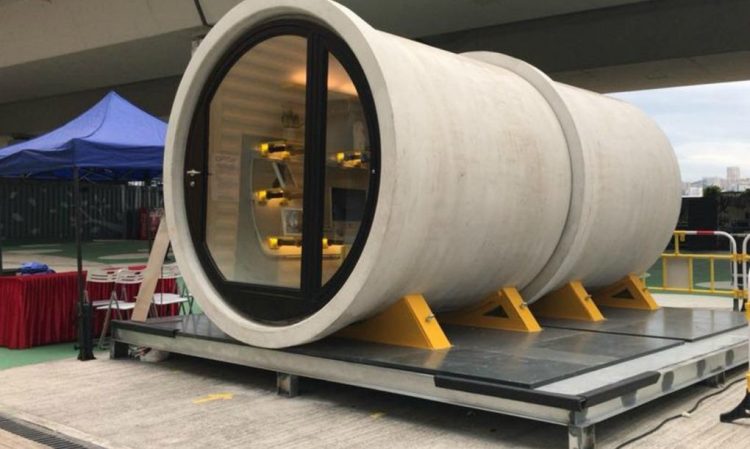
The tiny house movement has taken off over the past decade as urban developers have had to find creative solutions to soaring property prices worldwide. James Law Cybertecture of Hong Kong has joined this trend with their newly released Opod Tube House, made from repurposed concrete pipe. Hong Kong, one of the most populous cities […]
